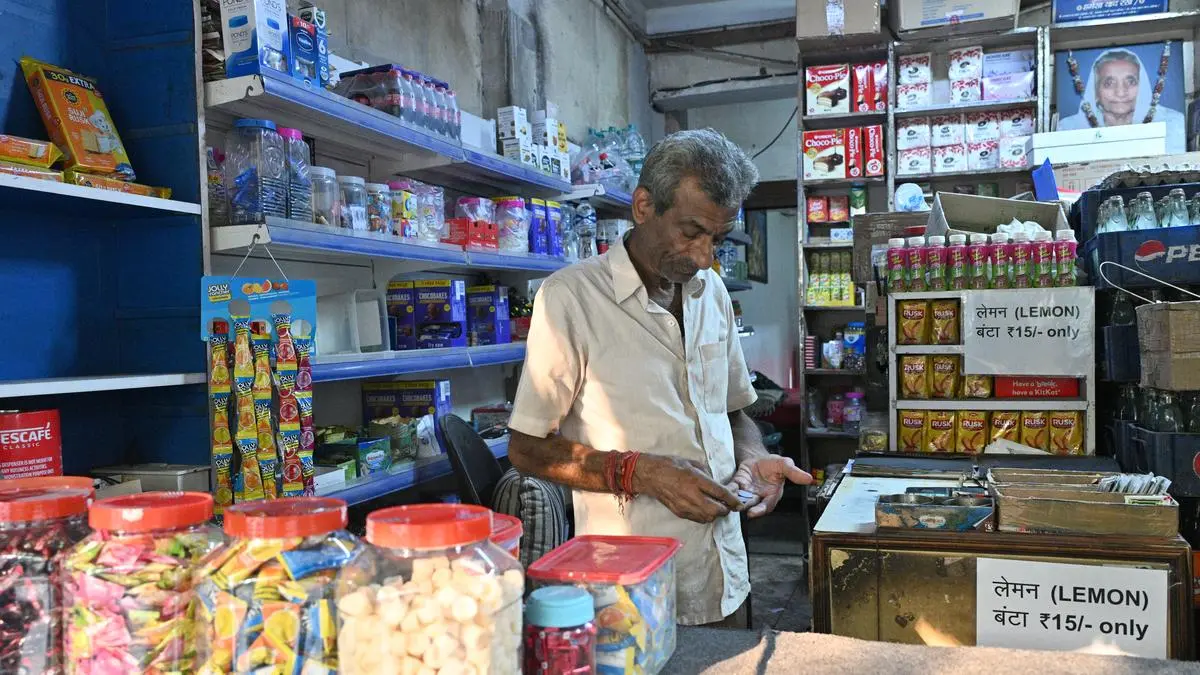By Alan Emerson
Copyright farmersweekly

Reading Time: 3 minutes
To say there are confusing messages coming from all sides concerning climate change, its causes and mitigation measures would be an understatement.
It starts with the Paris Accord, which commits us to a reduction in emissions of 50% below 2005 levels by 2030, ultimately achieving net zero by 2050.
In Parliament recently, Climate Change Minister Simon Watts reaffirmed the government’s support for the reduction.
Despite that statement the recent NZ First jamboree in Palmerston North questioned the Paris Accord. ACT has already rubbished the agreement, as has Groundswell.
In Australia both opposition parties are committed, if elected, to get out of the agreement.
Last week Australian Prime Minister Anthony Albanese committed Australia to an emissions cut of between 62% and 70% by 2035. That’s far greater than the New Zealand targets. Australia believes that the world has been on track for 2.9degC of warming, which would threaten the livelihoods of more than a million Australians by 2050.
Interestingly, as one of the world’s top coal and gas exporters, Australia doesn’t include those climate pollutants in any targets for the reason the products are burned elsewhere.
Maybe we could get our meat and dairy industries excluded as well, as most of the product is consumed elsewhere.
My concern is that if Australia has better green credentials than NZ it will give it an edge in international markets.
The international scene is interesting as, according to Australian senator Matt Canavan, “there’s not a centre-right party in the English-speaking world that remains committed to achieving net zero greenhouse gas emissions by 2050”.
United States President Donald Trump has left the Paris Accord, the only country to have done so.
In my view there appears a lot more talk than action and all the talk on emissions reduction is confusing and contradictory.
It gets even more farcical when you consider our Emissions Trading Scheme, the ETS. The government has proudly stated that the ETS is one of its key tools for reducing emissions.
It will be, as with all the productive farms being converted to forestry there will be less emissions from cars, stock trucks, school buses, quads and tractors. As there will inevitably be fewer freezing works, the emissions reduction will be major.
Then there are the costs to Kiwis of the ETS. The current estimate is that for every litre of petrol or diesel we buy, 18 cents goes to the ETS. It costs the ordinary Kiwi and puts extra costs onto business that are inevitably passed on to consumers.
Modelling has indicated that for every $50 increase in the price of carbon there is a corresponding $307 annual increase in household costs. We’re all paying for the ETS but the harsh reality is we’re not paying once but twice. As well as paying extra for fuel and electricity, the taxpayer is subsidising the major polluters who are, effectively, encouraged to pollute.
The Canadian-owned multinational Methanex has, according to Newsroom, received an estimated $300 million in taxpayer subsidies over the past 10 years. It doesn’t pay for its emissions as you and I must.
In addition, it paid no tax in NZ but gave $700m to its Canadian parent company.
The final piece of utter stupidity is that we have a shortage of natural gas yet we allocate up to 45% of it to Methanex. What that means is that we may have to import expensive gas to meet our domestic needs.
Finally, again according to Newsroom, Methanex pays only around $6 a gigajoule for gas while you and I pay $30.
We also subsidise Rio Tinto (NZ Aluminium Smelters) and the multinational NZ Steel to pollute.
Multinational Rio Tinto uses 13% of our power, paying much less for it than the rest of us.
That contributes to our having to burn coal to power electricity generators. Burning a tonne of coal produces between 2.2 and 2.9 tonnes of CO2 and Huntly burns up to 500,000 tonnes of coal annually. That means Huntly emits between 1,100,000 and 1,500,000 tonnes of CO2 annually.
Ed Millar from the Centre for International Corporate Tax and Accountability Research estimated in May that over the past decade the value of industrial allocation (free ETS units) to large polluters had reached almost $2 billion.
The government has given away carbon credits at a cost to the taxpayer and as a result can’t sell its own credits at auction, which would benefit the taxpayer.
The final iniquity is that both Inland Revenue and the Treasury told the government there is no proper evidence that the subsidies are needed.
The government rejected that advice. Why?
It’s a shambles and frustrating in that I believe the climate is changing and we need to do what we can to minimise that change.
My view is that the government hasn’t a clue, is doing nothing to remedy the problem and is playing fast and loose with the taxpayer.



